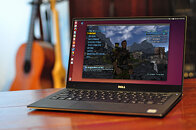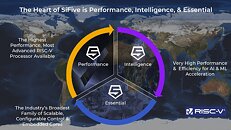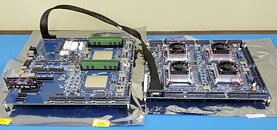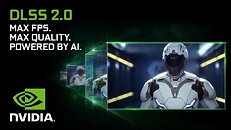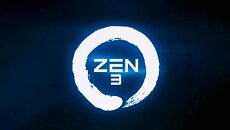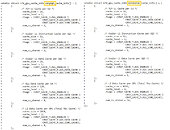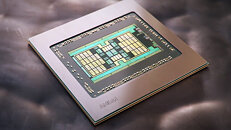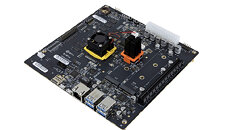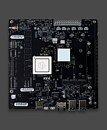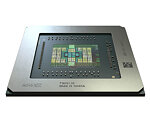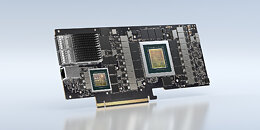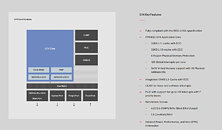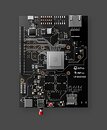
Valve's Steam Hardware Survey Shows Progress for Gaming on Linux, Breaking 1% Marketshare
When Valve made a debut of Proton for Steam on Linux, the company committed to enabling Linux gamers from across the globe to play all of the latest games available for the Windows platform, on their Linux distributions. Since the announcement, the market share of people who game on Linux has been rather stagnating for a while. When Proton was announced, the Linux gaming market share jumped to 2%, according to a Valve survey. However, later on, it dropped and remained at the stagnating 0.8~0.9% mark. Today, according to the latest data obtained from Steam Hardware Survey, we see that the Linux gaming market share has reached 1.0% in July, making for a +0.14% increase. What drove the spike in usage is unknown, however, it is interesting to see the new trend. You can check out the Steam Hardware Survey data here.
